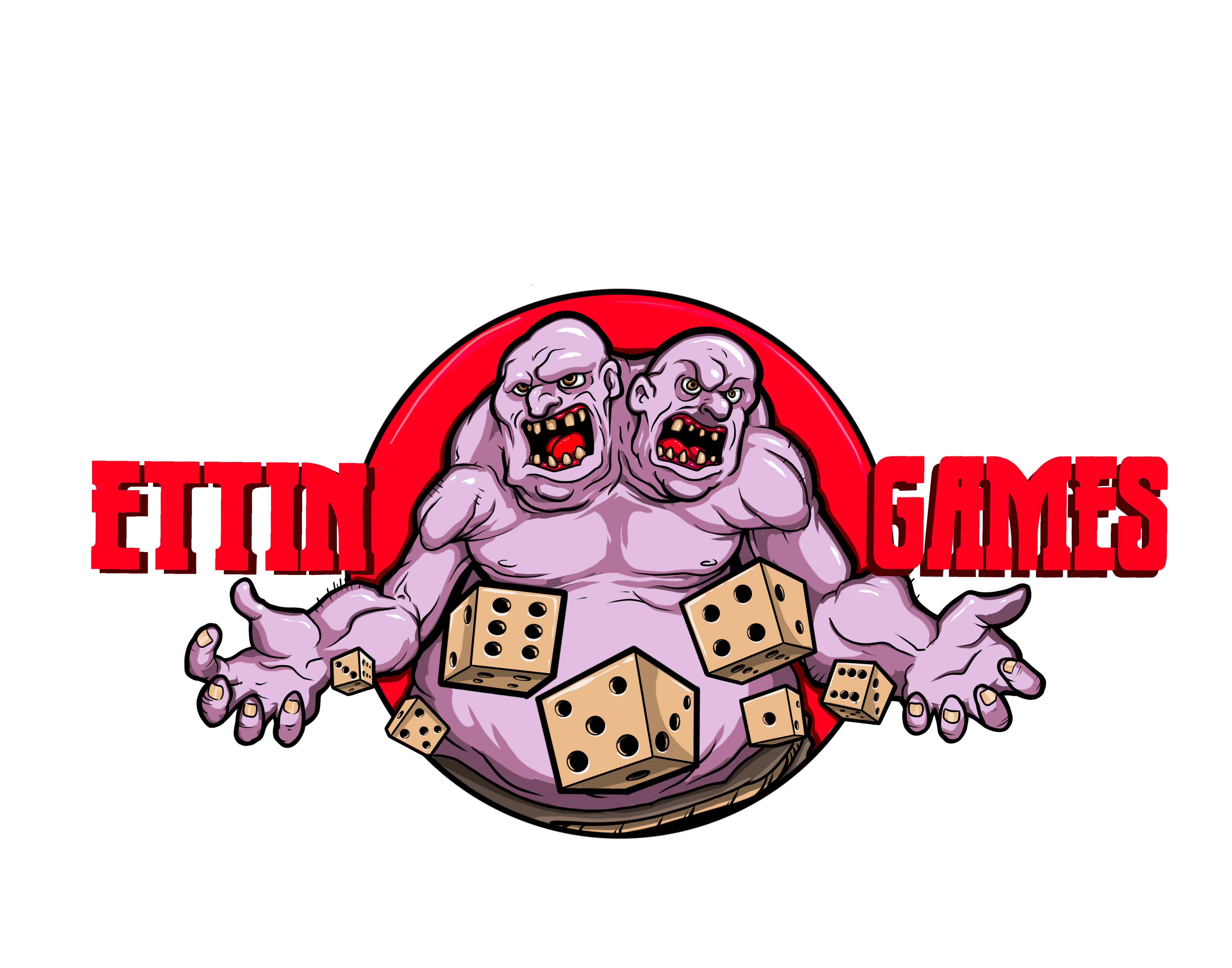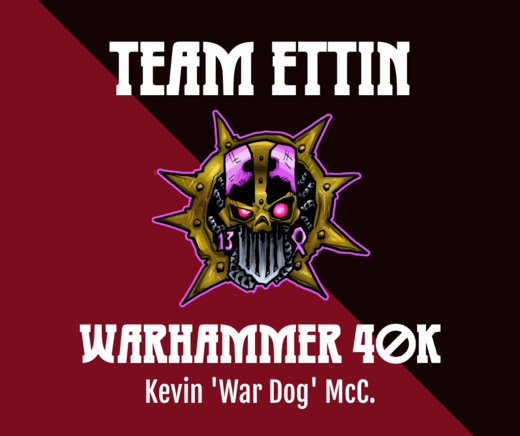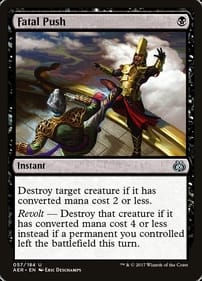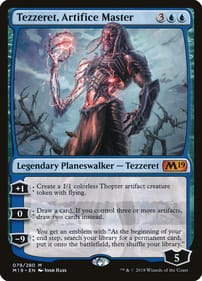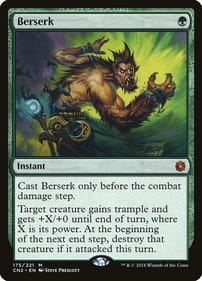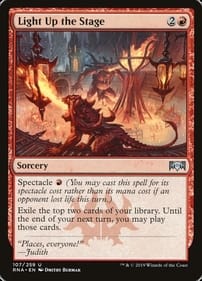By the title of this article alone, one could easily assume what we are going to be discussing here today. If that assumption is terrain, then you are technically right - which we all know is the best kind of right. Like other aspects of Warhammer 40,000, terrain is a staple of the game. From soda cans and cereal boxes to the lavishly designed products put out by a variety of companies, the core of how terrain impacts a game remains the same. Everything has a trait or traits that in some meaningful way adds to or subtracts from the efficiency or survivability of a unit. As often is the case, a piece of terrain can be categorized or labeled as one of several things. Ruins, craters, woods and armoured containers are among the most common. These features tend to be a method of quickly bundling certain terrain traits together. However, our goal is hardly to regurgitate what most of us already understand about their base function(s) and how much they supply additional rules to our games, but to really dig into how to make terrain work for you while understanding what also works against you.
Terrain should always inform army construction. This is important to understand for a variety of reasons, but certainly requires a deeper explanation. Grand Tournaments, or GTs, and larger events such as Majors and Super Majors, approach terrain as a critical piece of information provided prior to attending these events. In every case an event can, in turn, have a different take on how terrain is set up and what terrain traits are in effect on each piece. Being knowledgeable about this prior to going to your next big tournament should, as stated, inform army construction.
Preset Terrain Layout
Just last year Games Workshop released two layouts that would see use at their three US Open events. Every terrain feature was accordingly assigned their respective traits and this information was provided to attendees and non-attendees alike. However, they are hardly the only ones who have a predetermined layout approach when it comes to terrain. Clutch City is right around the corner and they have given us a sneak peek at what one of their preset layouts will be, just as they did the year prior.
Preset layouts inform army construction in a number of ways. Are there any paths without difficult terrain? What are the lanes of fire like? How much of my army can I tuck away behind Obscuring features? What in my army can take advantage of a feature having the Breachable trait and would this help me get to an objective faster? These are all questions many players are going to ask themselves when they begin to surgically decipher a preset layout.
As a matter of purely personal opinion, I tend to enjoy a predetermined terrain layout over Player Placed Terrain. This is because there is a sense of equality here. Everyone knows what they are getting when they step up to the table. We are also able to better anticipate how an opposing army may benefit from the setup as a whole and can in turn work to diminish those advantages with skillful deployment, aggressive movement, and as is the case with some armies, weaponry that does not require Line of Sight.
Players who find themselves attending these types of events need to look at their armies in terms of capitalizing on the terrain as a whole. If everything on the table is Obscuring but also Breachable, the Infantry keyword is going to be a big deal. Though, if there is lots of difficult terrain between you and your opponent, then having too many boots on the ground could work against you.
Player Placed Terrain
Frontline Gaming is known for this style of terrain. Nevertheless, just like the predetermined layouts, every player should know going in what to expect. There is a difference though. In the case of Player Placed Terrain, it is more important to understand what traits each feature has that will be deployed by you and your opponent on either side of the table. This style also adds an extra level of complexity to the game, as players can use their terrain to potentially create pockets of space that would otherwise not be present on a “normal” layout.
Army construction with Player Placed Terrain is equally influenced by the fact that a player only has control of what their side of the board will look like. This means that every player can use terrain as a weapon of sorts. Have an opponent with nothing that ignores Difficult Terrain? How about putting that forest or crater directly in their path to an objective on your side of the board? Looking across the table at an astonishing amount of guns? Take advantage of those ruins to hide the good stuff and even get some extra defenses against indirect fire.
This can work against you just as easily, as it is possible to deploy your terrain in a way that could hamper your ability to move onto objectives or get into a position for a stellar counter strike.
Now, while I have my preference, the added level of complexity from Player Placed Terrain is always enjoyable. Particularly learning how to best deploy each feature. I also always find it fascinating seeing how others use their terrain, especially from the viewpoint of someone who plays Chaos Knights.
Kevins & Chaos Knights
I’m certain that some of you might find it odd that a Knight (Imperial or Chaos) player would be the one to write about terrain. There is a reason for that though. Particularly because I pay close attention to the way terrain is laid out when constructing my lists.
As mentioned, Clutch City is just around the corner. Clutch is also the very first event that I attended that kicked off my career as a competitive Warhammer 40k player. In a manner of speaking, this year will mark my one year anniversary playing Chaos Knights competitively.
One thing I knew prior to attending Clutch City was that I did not want to take any of the larger Knight models. Partially because I felt like being silly and thought showing up with 13 War Dogs would get a laugh from my opponents, but also because I understood how much of a disadvantage having a 400-600pt model that could be seen anywhere on the table would be. After all, I have played some form of Knights since picking up Warhammer 40K back in 7th edition. This way I knew that my army as a whole would benefit from two things: Obscuring and Dense Cover.
Clutch was a bit of an eye opener. Not only did I have an absolute blast, but I learned a lot about how terrain functioned not only for me but against me. And in the case of an all War Dogs army, I was looking at a rather lengthy list of traits that worked against me. So, I began to tinker and retool my approach to the 13 War Dogs as I looked forward to the next event and the one after that, and so on.
What I learned was that I had to take advantage of what my army had. Speed and range. I was (and still am) obsessed with the Infernal mechanic for Chaos Knights, so I knew I would lean more toward ranged weaponry. But that meant I had to start looking at how to get around certain terrain features to line up the shots and, hopefully, prevent my opponent from utilizing cover. All while taking advantage of Obscuring and Dense to the best of my ability.
This is why I say the terrain informs army construction. Prior to the US Open, my army was generally further back, playing the corners, clearing off objectives at range. My experience at GW’s event however changed my approach. The board was arguably more open, but every feature provided interesting angles to try and get around to find targets. This meant being further up the battlefield than I was used to. And with that in mind, I started looking at more “Warglaives” going into the list and leaning into their innate speed.
That is all to say this: make sure you seek out and pay attention to how a tournament is going to approach terrain. While this may not always be possible with local RTTs, it never hurts to reach out to any organizer and ask. Knowing what you will be playing on and around is important to understanding how you can be impacted by it while also taking advantage.
With that, keep rollin’ those dice and hope to see y’all at the next event!
